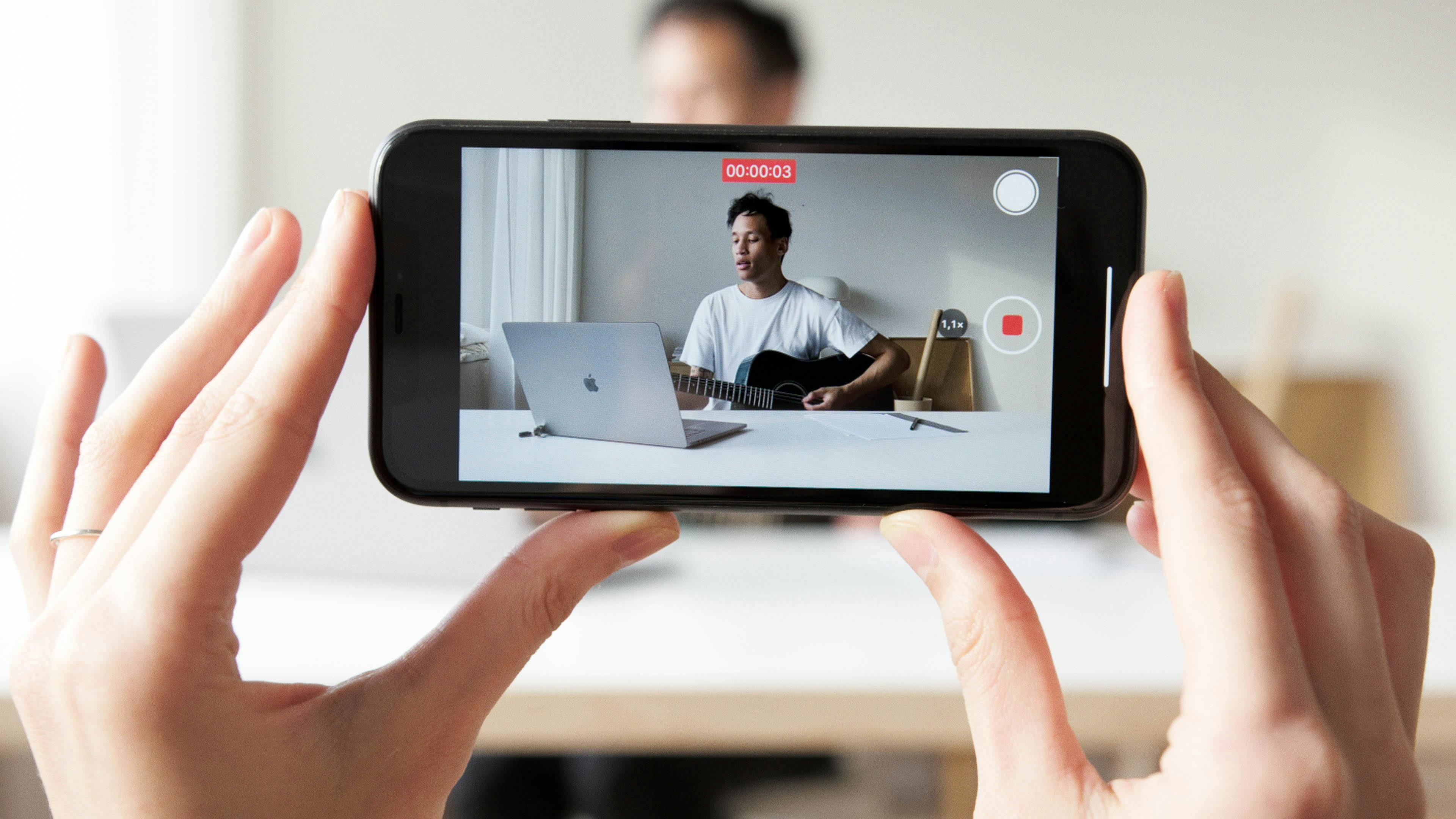
Introduction
YouTube has continuously evolved to meet the demands of its users, shifting from a simple video hosting platform to a dynamic space for content creation and expression. One of the latest innovations announced is the integration of Google Lens into YouTube Shorts, designed to enhance user interactions with video content. This feature represents a significant leap in the capabilities of short-form videos, transforming passive viewers into active participants in their learning journey.
The Transformation of Video Interactions
The evolution of YouTube’s Shorts feature has opened new avenues for creators and viewers alike. By integrating Google Lens, YouTube is bridging the gap between simple video consumption and active exploration of content. This integration allows users to tap into a reservoir of information without leaving the app, fostering an enriched viewing experience.
Why Integrate Google Lens?
The primary aim of integrating Google Lens within YouTube Shorts is to create a seamless, interactive environment where users can gain immediate insights into the content they are viewing. Rather than passively absorbing information, viewers can now engage with the material in real-time. This capability sets YouTube apart, as it combines video entertainment with educational opportunities, enhancing the overall value of the platform.
Understanding Google Lens
But what exactly is Google Lens? It is an advanced visual search tool that utilizes artificial intelligence to identify various elements within images. By using the camera on a device, users can scan objects, text, landmarks, and more, receiving instant information about them. This technology positions itself as a valuable resource for learning and exploration, making it a perfect fit for YouTube Shorts.
As YouTube integrates this technology, it allows viewers to transition from merely watching content to actively engaging with it. This change signifies a new era in video consumption where learning is now encapsulated within entertainment.
How Does It Work?
Using Google Lens within YouTube Shorts is designed to be straightforward. Here’s a brief overview of how viewers can take advantage of this innovative feature:
- Pause the video to reveal the Google Lens icon in the top-right corner.
- Tap the Lens icon to initiate the search feature.
- Select or draw around the object of interest to gather relevant information.
Once the image is scanned, a series of overlays containing information about the selected object will appear, providing users with:
- Product details
- Wikipedia entries
- Similar images
- News articles or reviews
- Maps or location information
Advantages of Google Lens in Video Content
The introduction of Google Lens into YouTube Shorts unlocks myriad benefits for users:
- Fashion Inspiration: Viewers can explore clothing featured in videos by tapping on outfits to discover similar items.
- Tech Discovery: Curious about a gadget? Users can identify its brand, specifications, and purchasing options.
- Travel Insights: Clicking on iconic landmarks allows users to learn about their history and significance.
- Educational Value: Users can search for detailed definitions or tutorials, enhancing their understanding of various topics presented in Shorts.
This capability effectively shifts the role of YouTube Shorts from merely providing entertainment to becoming a crucial tool for learning and discovery.
Privacy and Limitations
While the benefits of this feature are compelling, YouTube also recognizes the need for user privacy and security. Therefore, several measures and limitations have been implemented:
- No Ads: Currently, Google Lens results will not feature advertisements, ensuring an uninterrupted user experience.
- Affiliate Exclusions: YouTube has opted to exclude affiliate shopping Shorts from using Google Lens to prevent conflicts of interest.
- No Biometric Recognition: Google Lens does not utilize biometric facial recognition, focusing on objects rather than individuals, although it may identify public figures displayed prominently.
These precautions aim to maintain user trust while allowing the platform to provide valuable insights.
Conclusion
The integration of Google Lens into YouTube Shorts represents a groundbreaking development in how viewers interact with video content. This feature lays the groundwork for a more engaged and informed audience, transforming passive viewing into an interactive learning experience. As this integration matures, we can expect further enhancements that will deepen the connection between content consumption and information acquisition. As users embrace this new capability, the possibilities for education, exploration, and entertainment are boundless. Watching videos will no longer be just about entertainment; it will be about fostering curiosity and expanding knowledge right at the fingertips of viewers.